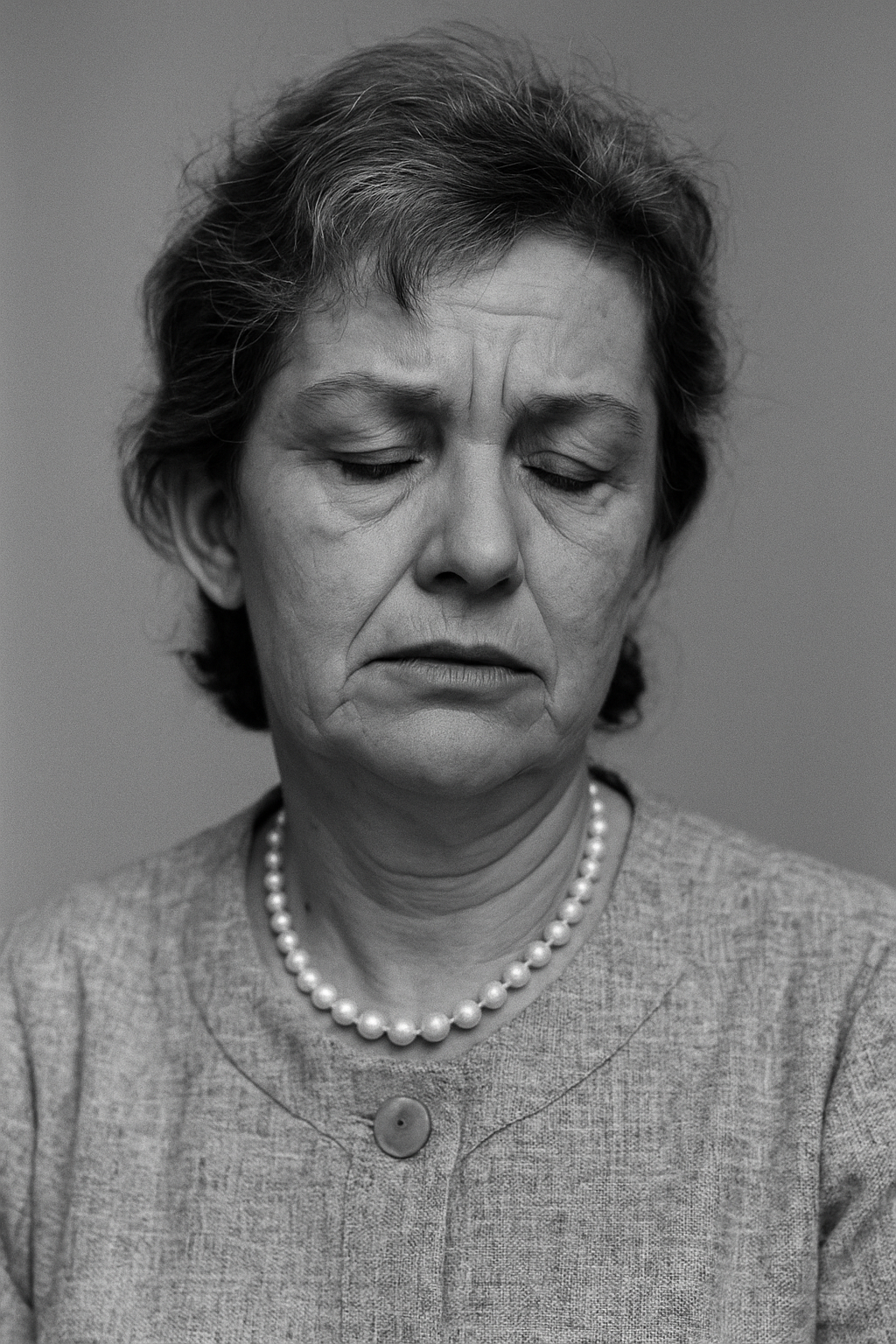Blog
The Mystery Unveiled:Katherine Oppenheimer’s Cause of Death?

The Mystery Unveiled: What Was Katherine Oppenheimer’s Cause of Death?
Introduction
Katherine Oppenheimer’s Cause of Death : Katherine “Kitty” Oppenheimer, the wife of the famed atomic bomb physicist J. Robert Oppenheimer, lived a life intertwined with history’s most transformative moments. Known for her resilience and complex personality, her sudden death in 1972 left many wondering: what was Katherine Oppenheimer’s cause of death? On July 20, 2025, decades after her passing, her story continues to captivate those intrigued by the personal lives behind the Manhattan Project. This article delves into her life, the circumstances of her death from a pulmonary embolism, and the questions that remain, offering a fresh look at a figure often overshadowed by her husband’s legacy.
Who Was Katherine Oppenheimer?
Born Katherine Puening on August 8, 1910, in Recklinghausen, Germany, Kitty moved to the United States at age two, settling in Pittsburgh. A trained botanist and biologist, she studied at the University of Pittsburgh and later the University of Pennsylvania, where she earned her degree with honors. Her life was marked by multiple marriages—first to Frank Ramseyer (annulled 1933), then to Communist Joe Dallet (killed in the Spanish Civil War in 1937), and Richard Harrison (divorced 1940)—before meeting Robert Oppenheimer in 1939. They married on November 1, 1940, and had two children, Peter (1941) and Katherine “Toni” (1944).
Kitty’s role during the Manhattan Project was significant. Living in Los Alamos, she worked briefly as a lab technician before focusing on social duties, hosting gatherings to ease the isolation. Her past Communist ties drew scrutiny, especially during Robert’s 1954 security hearing, where she staunchly defended him. After the war, they moved to Princeton, where she tended a greenhouse filled with orchids, reflecting her botanical passion. Her life was a blend of intellectual pursuit and personal turmoil, setting the stage for her final chapter.
The Circumstances of Her Death
Katherine Oppenheimer’s death occurred on October 27, 1972, in Gorgas Hospital, Panama City, Panama, at age 62. She was on a seafaring journey with Robert Serber, a longtime friend of the Oppenheimers, aboard a 52-foot ketch they had purchased. The trip, planned to sail to Japan via the Panama Canal, was cut short when Kitty fell ill during the voyage. Hospital records diagnosed her with a pulmonary embolism—an obstruction in a lung artery, often caused by a blood clot—alongside an intestinal infection. She passed away 10 days after admission.
The timing was poignant. Robert Oppenheimer had died of throat cancer in 1967, and Kitty had grown close to Serber, whose wife had also died in 1967. Their platonic relationship and shared love of sailing led to this ambitious trip. Her ashes were later scattered near Carvel Rock in the Virgin Islands, alongside Robert’s, by Serber and Toni. The suddenness of her illness raised eyebrows, but medical reports consistently cite the embolism as the cause.
What Led to the Pulmonary Embolism?
A pulmonary embolism typically results from a deep vein thrombosis (DVT), where a blood clot forms, often in the legs, and travels to the lungs. For Kitty, several factors may have contributed. Her lifestyle—marked by heavy smoking and alcohol use, as noted during her Princeton years—could have increased clotting risks. Pancreatitis, which caused abdominal pain, might have compounded health issues, potentially weakening her system. The physical strain of sailing, especially at 62, could have triggered a clot, especially if she was sedentary for long periods.
Medical knowledge in 1972 was less advanced than today, lacking routine screening for DVT in such contexts. The intestinal infection noted in her diagnosis might have been a secondary complication or misdiagnosis, but it’s unclear without detailed records. Some speculate her emotional state—grieving Robert and facing isolation—played a role, though this lacks medical backing. The narrative invites scrutiny: was this a preventable tragedy, or an inevitable outcome of her health history?
Unanswered Questions and Speculation
Kitty’s death, like much of her life, is shrouded in ambiguity. The lack of an autopsy or public medical inquest fuels speculation. Could the embolism have been misdiagnosed, given the era’s limitations? Some wonder if her alcohol and pill use, documented as leading to blackouts, masked underlying conditions like liver damage, which can predispose to clotting. The sailing trip’s stress, combined with her age and habits, raises questions about preparedness—did she receive adequate medical checks before departing?
Conspiracy theories occasionally surface, linking her death to her husband’s atomic legacy or past Communist ties. However, no evidence supports foul play; the FBI had ceased monitoring her after the 1950s. More likely, her death reflects the health challenges of a generation less aware of smoking’s dangers. In 2025, with modern diagnostics, such an outcome might have been different, prompting reflection on medical progress.
The Impact on Her Family and Legacy
Kitty’s death deeply affected her children. Toni, already struggling with her father’s 1967 death and a 1969 UN job rejection due to FBI clearance issues, faced further instability. Her suicide in 1977 at age 32, by hanging in the family’s St. John cottage, underscores the family’s emotional toll. Peter, the elder son, lived a quieter life, but the Oppenheimer name carried a heavy burden. Serber, who scattered Kitty’s ashes, remained a friend to the family, preserving their memory.
Her legacy extends beyond family. As a confidante to Robert during the Manhattan Project, she shaped his decisions, offering stability amid chaos. Her botanical work, though curtailed, reflected a scientific mind parallel to his. In 2025, renewed interest—fueled by Christopher Nolan’s 2023 film Oppenheimer, where Emily Blunt portrayed her—has revived curiosity about her life. Posts on X highlight her as a “complex figure,” blending strength and vulnerability.
A Modern Perspective: Lessons from 2025
Today, Katherine Oppenheimer’s cause of death resonates with contemporary health awareness. Pulmonary embolism awareness has grown, with campaigns emphasizing mobility during travel and screening for at-risk individuals. Her story underscores the risks of smoking and alcohol, now better understood than in her time. In an era of advanced medicine, her case might have been managed with anticoagulants or surgery, altering her fate.
The 2025 lens also questions historical narratives. Was Kitty’s role minimized due to gender biases, or her past politicized unfairly? Her death, like Robert’s, invites debate about the personal costs of scientific greatness. As AI and digital archives unearth more details, her story may evolve, offering new insights into the Oppenheimer saga.
Practical Tips for Understanding Her Story
To explore further:
- Watch the Film: Stream Oppenheimer on Peacock for Emily Blunt’s portrayal.
- Read Archives: Check the Atomic Heritage Foundation for historical documents.
- Join Discussions: Follow #KittyOppenheimer on X for fan insights.
- Visit Sites: Consider a trip to Oppenheimer Beach, St. John, for reflection.
Challenge: Try one. What new perspective did you gain?
Frequently Asked Questions (FAQ)
What was Katherine Oppenheimer’s cause of death?
A pulmonary embolism, diagnosed in 1972 in Panama City.
When did she die?
October 27, 1972.
Where did she die?
Gorgas Hospital, Panama City, Panama.
What factors might have contributed?
Smoking, alcohol use, and sailing strain are possible factors.
How did her family react?
Toni’s suicide in 1977 reflected the family’s struggles.
Where can I learn more?
Explore X posts or the National Museum of Nuclear Science & History.
Conclusion
The mystery of Katherine Oppenheimer’s cause of death—a pulmonary embolism in 1972—reveals more than a medical event. It reflects a life of intellectual depth, personal challenges, and historical weight. From her botanist roots to her role in the atomic age, her story ended abruptly on a sailing trip, leaving questions about health and legacy. In 2025, her narrative inspires reflection on medicine’s evolution and the human cost of history. What aspect of her life intrigues you most?
Take action: Share your thoughts or memories in the comments—let’s keep her story alive!








